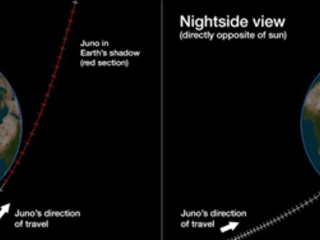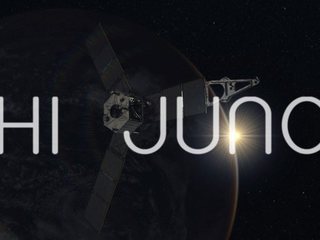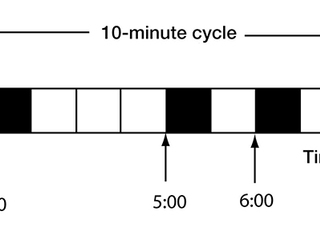Hi Juno
Since the project’s inception over 10 years ago, this moment has been explored by the mission team at NASA JPL as a platform for public engagement with the mission. They decided to make this a time where humans could say ‘Hi’ to Juno.
The Juno Mission
The Juno mission will explore Jupiter to unlock secrets about its origin and evolution. Taking over 5 years for this highly instrumented unmanned spacecraft to reach its destination, when it arrives at Jupiter in 2016, it will study the atmosphere, gravity and composition of this giant gas planet. To get there, it needs to fly out to Mars returning to Earth to use a ‘gravity assist’ to sling shot it out to Jupiter. On October 9, 2013, as it made this maneuver, it was the last chance for humans to be that close to the spacecraft.
Since the project’s inception over 10 years ago, this moment has been explored by the mission team at NASA JPL as a platform for public engagement with the mission. They decided to make this a time where humans could say ‘Hi’ to Juno.
Process
Since the projects inception, they examined they ways they could have a large scale, global interaction with the spacecraft.
One of the team members, an amateur (“Ham”) radio operator, saw the potential to use Juno’s radio and plasma wave science instrument, known as Waves, to pick up hobbyist radio signals from Earth. Intended to study Jupiter’s enormous auroras - five times the size of those found on Earth – the Waves detects a large swath of the radio spectrum to measure the magnetosphere. Within this range, is the frequencies used for ham radio communication, however, to be detected by Juno the signal would need to be much more powerful. A transmission from single person wouldn’t be enough for the Waves to see it; it would need hundreds of people. It would require enough people all working together and all transmitting the same message, at the exact same time. The team figured out that technically sending a coordinated signal would work but there was really no way to be sure.
On the night of the slingshot, amateur radio operators worldwide were invited to simultaneously transmit the word "HI" in Morse Code or “•••• ••”. Countdown clocks synchronized their transmissions. To make sure the data could be read by Juno, the message was not transmitted as quickly as Morse Code would normally be. Instead, a stretched out version - like playing a record at slow speed - was used. Every ‘dit’ and ‘dash’ lasted 30 seconds, so to send the word ‘Hi’ took six and a half minutes. This was planed so that when the data received by Juno was sped up, the signal would sound like a normal amateur radio transmission.
Success
The full message was transmitted 16 times, beginning again every 10 minutes from 18:00 UTC (2 p.m. Eastern time) on Oct. 9, 2013. In a simultaneous global effort, more than 1,400 radio operators around the world sent a synchronized greeting from Earth that was successfully heard by the Juno spacecraft. The sonification video shows that Waves did indeed detect the message. It presents natural radio signals from Earth's magnetosphere along with pieces of the repeated Morse code message, recorded by Juno and turned into sound.
Impact
‘Hi Juno’ is a great example of art and technology working together, but it also has human side. It asked many scientists at JPL to take a risk and invest time in a project that might not have worked. It touched people in the amateur radio operator community seeing an overlooked community come together from around the world, working together to reach out into space.
Further Reading
- Hi Juno Mission Page - http://missionjuno.swri.org/hijuno/
- Hi Juno Mini Documentary - http://www.youtube.com/watch?v=hg9xY1zvrsw
- Juno Detects a Ham Radio "HI" from Earth. Video. - http://www.youtube.com/watch?v=Vg80vaGj2Gg
No comments yet. Why not add the first?
Acknowledgements & Credits
NASA's Jet Propulsion Lab



← Back to work
0 Comments